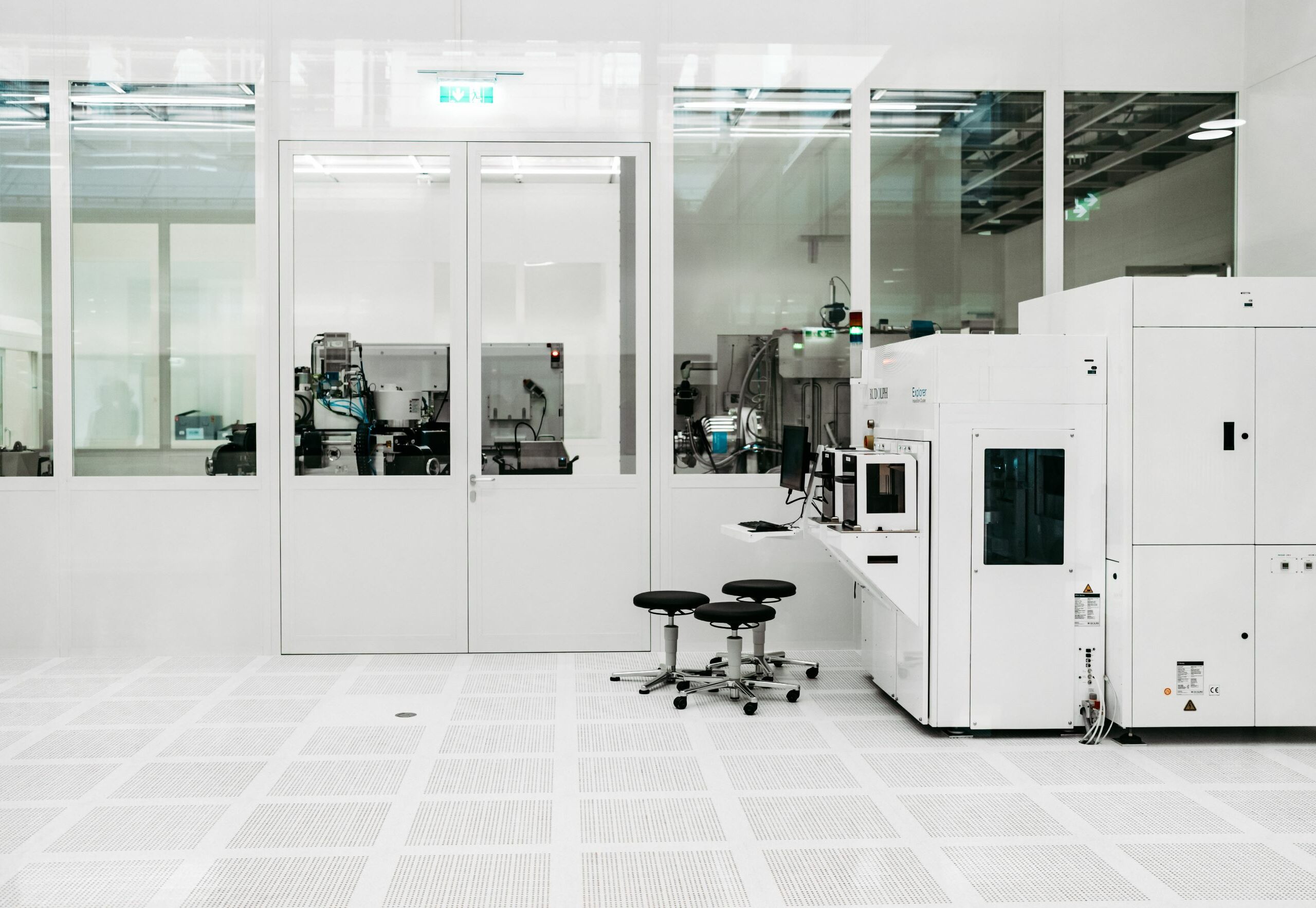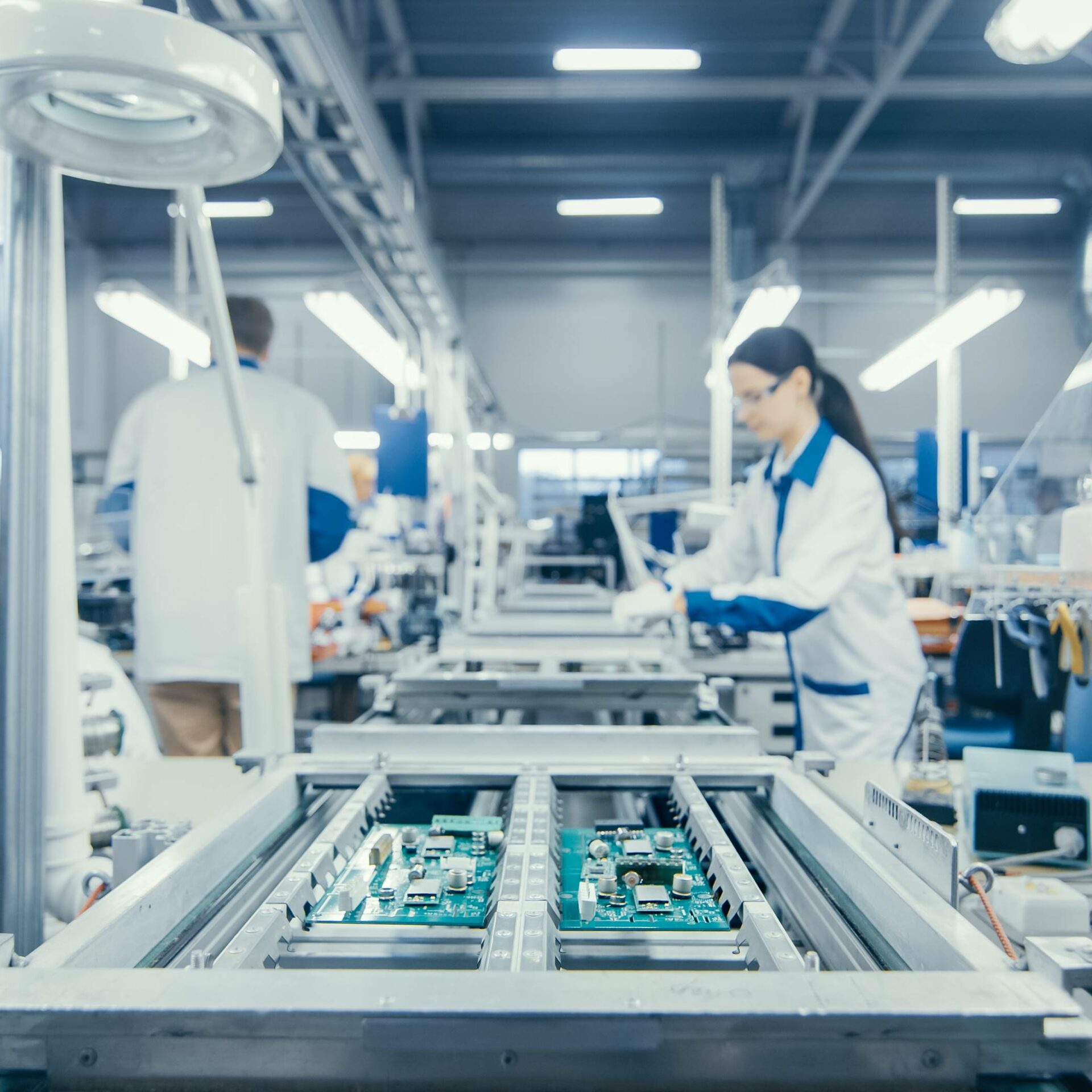The Silicon Valley of Austria
Carinthia is one of the hotspots of the European microelectronics industry – or of Electronic Based Systems (EBS) to be precise,
the unsung heroes of the electrical and electronics industry. An amazing ecosystem for innovation is formed by large research-intensive companies and innovative
regional players that are networked with technology parks, universities, and universities of applied sciences. This constellation makes Carinthia a well-connected,
internationally attractive business location.
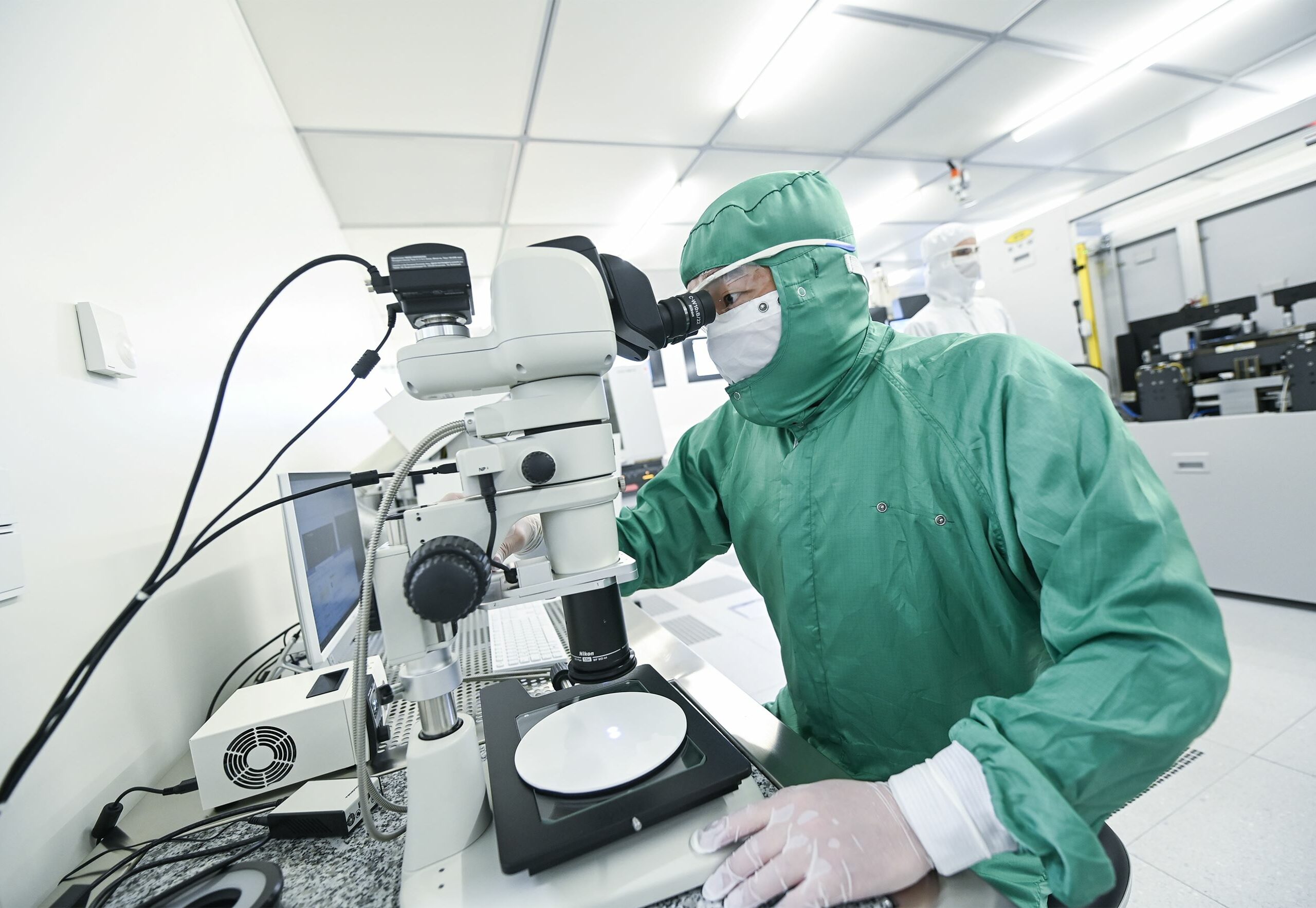
Helge Bauer
Key technology of digitalisation
Electronic and software based systems are the technological backbone of digitalisation. Without them, applications such as automated driving, the Internet of Things (IoT), intelligent infrastructures and Industry 4.0 would not be possible. EBS are the key technologies behind all state-of-the-art applications and form the basis for innovations. Carinthia’s core areas in this respect are embedded systems, power electronics, materials, and sensor technology. In addition to the high-quality courses of study and training, Carinthia offers many job opportunities in international companies with a high level of technological expertise.
1. International corporations and local heroes
Corporations and tech giants, such as Infineon, Intel, flex, CISC Semiconductor and LAM Research have a strong base in Carinthia and, together with local companies such as Ortner Reinraumtechnik, Kelag, Augmensys, PMS Elektro- und Automationstechnik, Hasslacher Norica Timber and Wild Hi-Precision, are making their mark far beyond the province’s borders. This good balance of regionality and internationality is essential for a sound network.
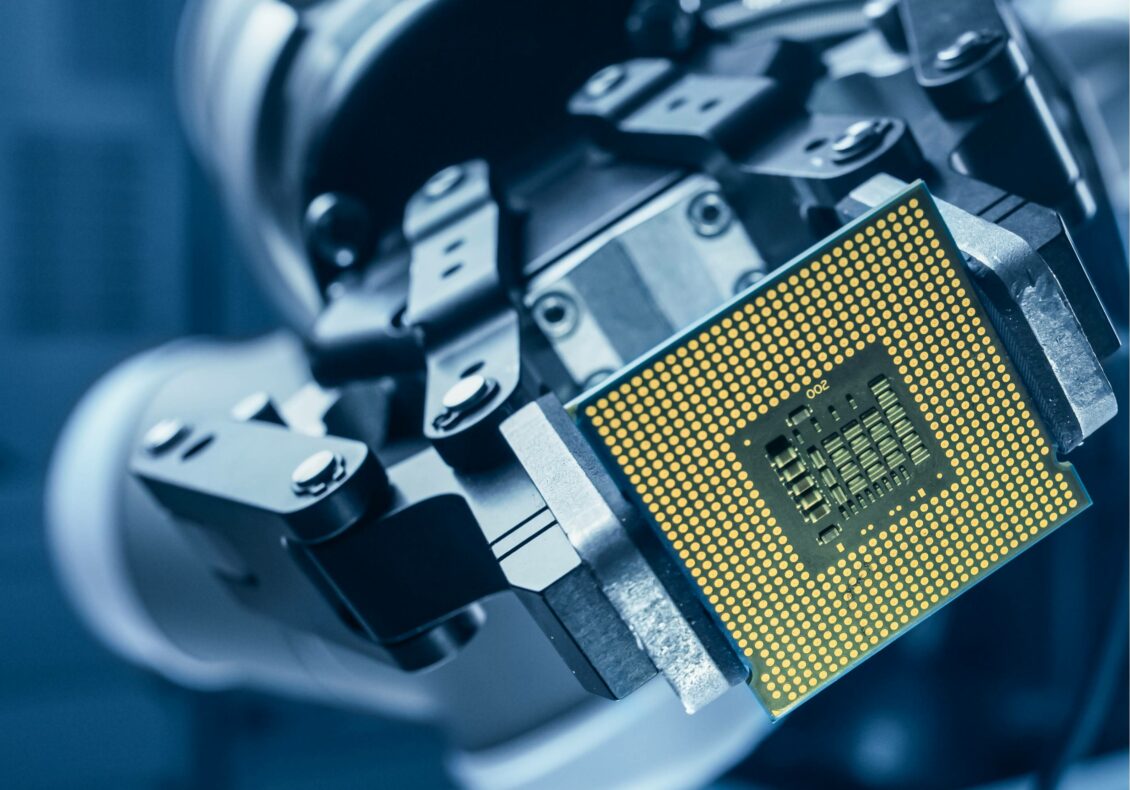
Shutterstock; Shutterstock
2. Excellent research
Innovation and growth are fuelled by excellent research facilities. Next to Joanneum Research Robotics and Fraunhofer Austria, Silicon Austria Labs (SAL) is another clearly focussed cutting-edge research facility. These organisations are raising research of electronic based systems to a completely new level, within the network of science and industry.
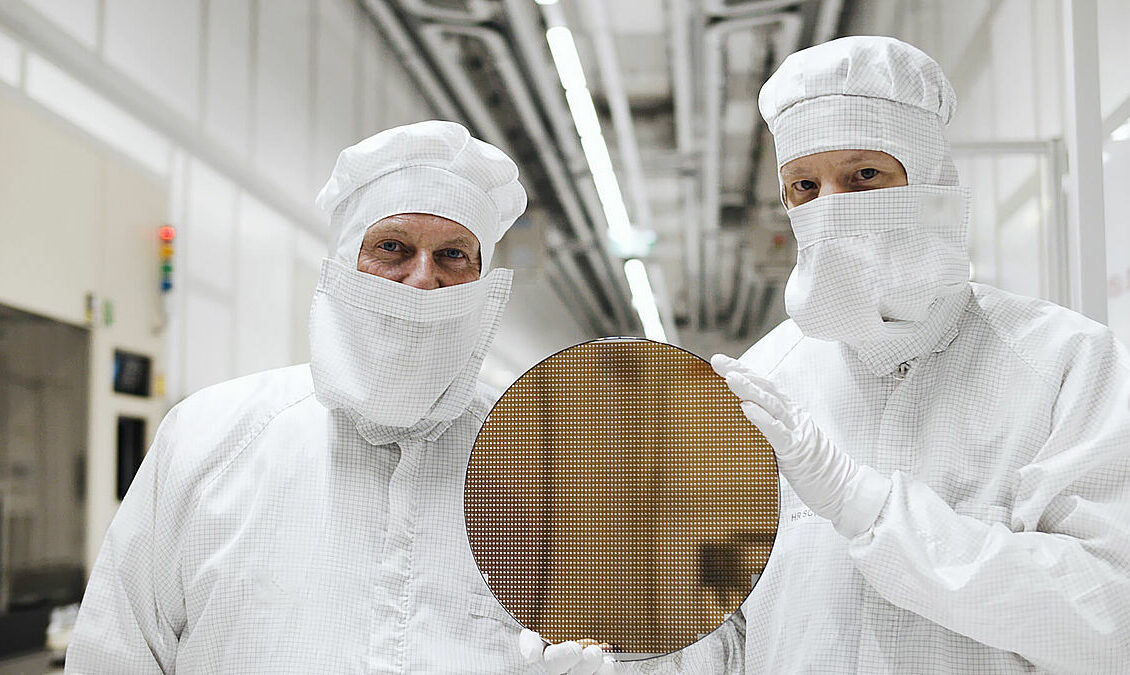
Standortmarketing Kärnten | Monte Nero Productions
3. Technology and innovation cluster
With the primary objective of strategic location development in this field, the Silicon Alps Cluster links industry, research and education with the public sector as well as combining challenges, strategies and potentials for this business location. The Silicon Alps Cluster equally represents the interests of its members and of the public, developing the location in terms of objectives, facts, and opportunities. Services focus particularly on SMEs, start-ups and cooperative project development.
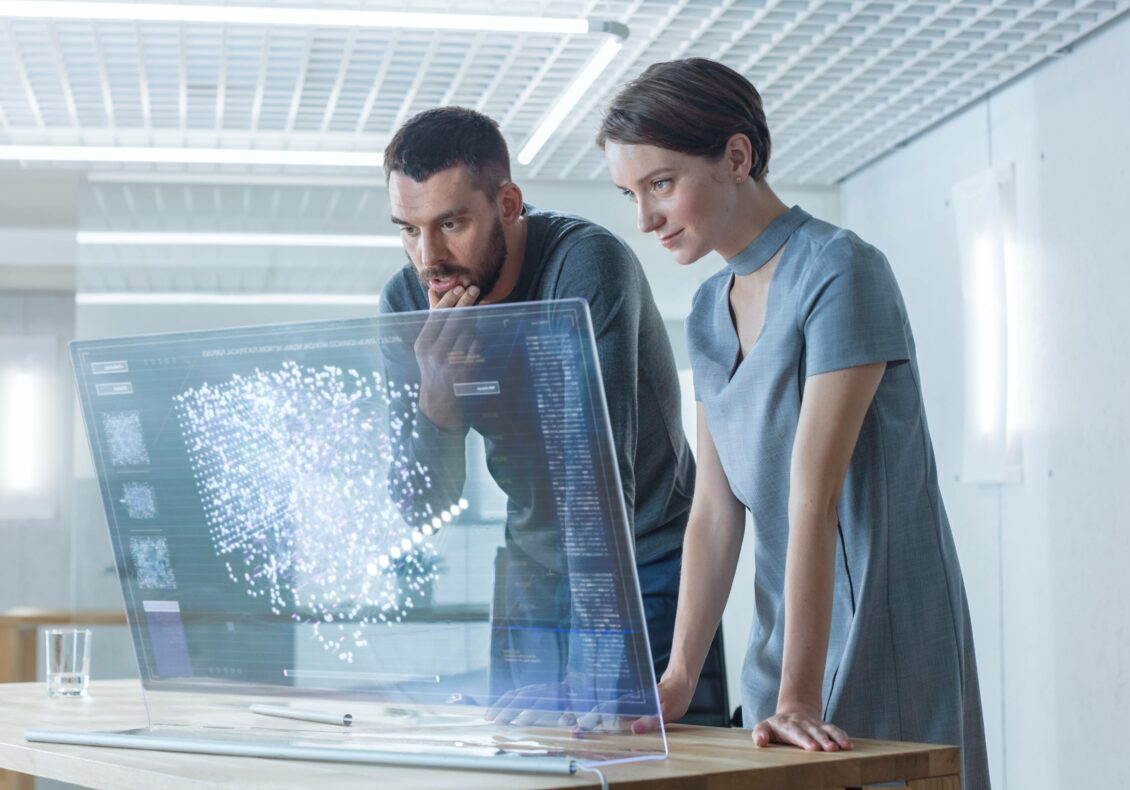
Shutterstock
4. Austria’s largest research clean room
At the Villach research site, SAL operates Austria’s largest research clean room, which is open and can theoretically be used by any company. In addition to research in the classic sense, it can also be used to produce certain small series and bridge the so-called “valley of tears” between series one and large quantities. SAL has developed its own processes for SMEs and start-ups, which it makes available to these companies. In terms of area, Carinthia is among the top 6 in Europe with its 1,400 square metre clean room.
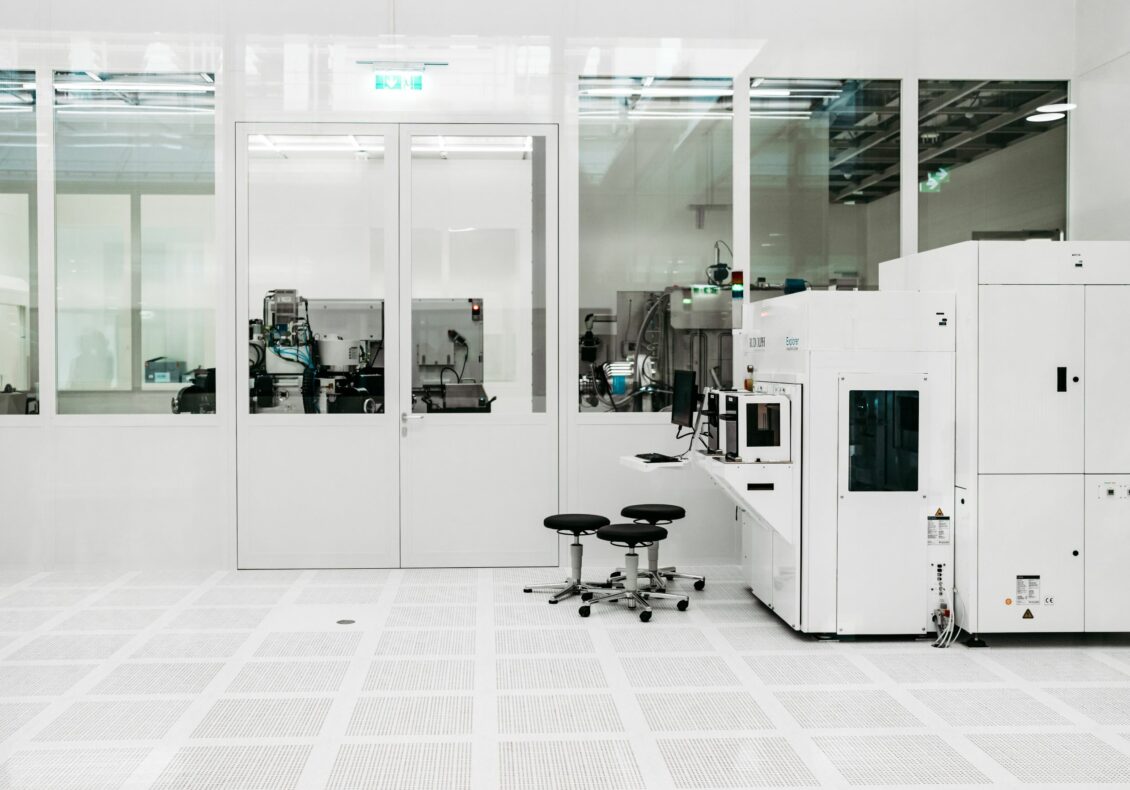
Sarina Dobernig
Interview with Christina Hirschl, CEO of Silicon Austria Labs
“Its fantastic network is what makes Carinthia so special”
The success story of Silicon Austria Labs (SAL) is an impressive one: the non-university research organisation was founded in 2018 with the vision of supporting domestic industry in the field of electronic and software based systems. Having grown to a team of 330 employees from 40 nations, SAL is now a world-class research centre and a pioneer in electronic and software based systems. In this interview, CEO Christina Hirschl gives an insight into collaborations, development opportunities and her personal drive.
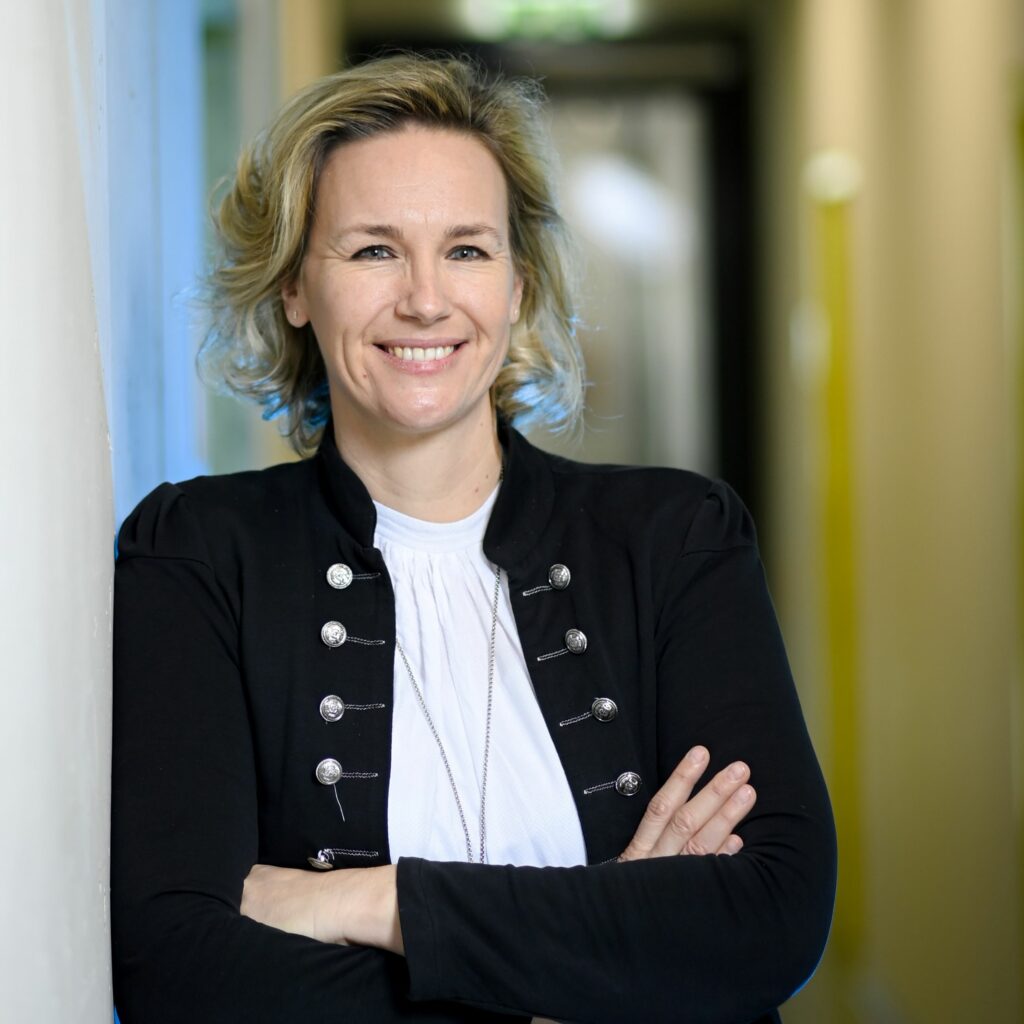
Christina Hirschl, CEO Silicon Austria Labs
“Due to the strong European focus that has been placed on microelectronics by the chip sector, there will be a lot more to come in the next few years. I see this as a huge opportunity for Europe in general, but also for Carinthia in particular.”
Carinthia.com: Dr. Hirschl, as a location for innovation, Carinthia is known above all for its strong links between science and business. What role does SAL play in this context?
Christina Hirschl: Generally speaking, SAL sees itself as a kind of bridge – between basic research at universities and SAL on the one hand, and between SAL and industry on the other. Industrial research usually gets involved when it becomes clear that an initial idea on paper will develop into a tangible product in the foreseeable future. The so-called “technology readiness level” is a good point of reference here, the degree of maturity of a technology on its way to the shelves, so to speak. We are primarily concerned with bridging the difficulties that the industry usually encounters in this chain and eliminating them as much as possible. For example, what issues are driving the universities? What happens in specialist conferences? And what’s new in the so-called “blue sky” research? SAL is well informed in this area – and identifies the issues that could also be of interest to the industry in the future.
Carinthia.com: What do you think makes Carinthia particularly interesting for ICT and microelectronics?
Hirschl: I think it’s the fantastic network that makes Carinthia so special. Once a region has identified and developed a particular strength, other like-minded companies will almost automatically set up shop there. The connection between Carinthia and Styria in the field of ICT and microelectronics has become extremely strong in recent years. Companies such as Infineon, AMS, AT&S, NXP and TDK do the rest – and as strong corporate partners, contribute to making Carinthia an attractive region. I think certain things naturally develop around this ecosystem. Nevertheless, we can of course also speak of a kind of synergy effect with what we have to offer in Carinthia. Because if you think globally, Carinthia truly meets the desires of companies and people alike, especially in terms of work-life balance, quality of life, safety and education. In a nutshell: ICT and microelectronics have created a field of strength in Carinthia that must be further promoted. Coupled with the basic requirements and the advantages of the region itself, the conditions are virtually ideal, both professionally and privately.
Carinthia.com: The Silicon Valley of Austria, so to speak?
Hirschl: Definitely! I think it’s sensational that southern Austria has positioned itself and developed so far in recent years. We’ve really achieved something special with microelectronics. With a research clean room covering 1,400 square metres, for example, we are among the top 5 or 6 in Europe in terms of area. And to cap it all, the Silicon Alps Cluster, which in turn acts as a network partner between Carinthia and Styria, ensures that we are extremely well positioned as a region. Silicon Valley is actually not a bad analogy.
Carinthia.com: How would you classify the microelectronics industry in Carinthia in a European comparison, as in where does Carinthia stand at the moment and where would it like to go?
Hirschl: I fundamentally believe that Carinthia has positioned itself very well. Just recently, for example, I was pleased to hear that the new “Chips JU” funding programme will bring considerable funds for microelectronics research to Austria – and Carinthia is also directly affected by this. In practice, this means that we have many corporate partners and research centres that win highly competitive tenders from Horizon Europe and bring them to Austria. In addition to Infineon and AVL, SAL was also among the top 3. In a way, that was the icing on the cake for me. This is just one of the many things going on in Carinthia at the moment. One of the things that makes me realise that we are really becoming part of the bigger picture is the fact that we are getting requests from CEA-Leti, IMEC and the Fraunhofer Institutes, the big players in Europe, and we are proud to be able to participate.
Carinthia.com: SAL is not only active internationally, but also sees itself as a partner to small and medium-sized companies in the region. With what objective?
Hirschl: In fact, there are a large number of smaller partners who are immersed in our ecosystem and use the SAL network. For us, it is not the volume that is decisive, i.e. how much money a partner invests in our research centre, but rather what emerges at the other end, what impact a project has on profitability or sustainability, what impact it has on society. Many of the projects we are involved in take time. To experience them in daily life and to encounter the end product on the shop shelf still gives me great pleasure today. On top of that, supporting my home region, helping it to flourish, is just as much a part of my professional ethos as international success.
Carinthia.com: A few words about yourself: You have a doctorate in physics. In your doctoral thesis you dealt with the “chaotic properties of fluids”. How much chaos can science tolerate? And isn’t it often the unforeseen things that motivate us to achieve new heights?
Hirschl: Yes, that sums it up perfectly. My dissertation focussed on the chaos theory, i.e. the question of how a small change in a system can change the entire system. I think everyone knows the metaphorical butterfly in Australia that plunges Europe into chaos with a single flap of its wings. This is the world that I had great fun exploring back then. Over time, however, I realised that I was also missing an essential aspect of science in this context. Today, I find research particularly attractive when it has an impact. Has our world become a little better, cooler, safer, more efficient, more ecological? Things like that drive me. I also find it exciting when different people work on a joint project. In my eyes, this is where innovation comes from. And sometimes all you need to do is get together over a cup of coffee in the kitchen, talk to each other and make a few notes on the whiteboard in the corner. In other words, when the right people have a coffee together, great things often happen. I firmly believe that not just cooperation, but also individuality and uniqueness, are key words in this day and age.

